Mixing grout: What's the consensus? Latex admixture or water?
studio460
14 years ago
Featured Answer
Sort by:Oldest
Comments (13)
bill_vincent
14 years agoRelated Professionals
Saint Peters Kitchen & Bathroom Designers · Covington Kitchen & Bathroom Designers · 20781 Kitchen & Bathroom Remodelers · Biloxi Kitchen & Bathroom Remodelers · Olney Kitchen & Bathroom Remodelers · Wilson Kitchen & Bathroom Remodelers · Salt Lake City Glass & Shower Door Dealers · Santa Rosa Glass & Shower Door Dealers · Saratoga Glass & Shower Door Dealers · Ponte Vedra Glass & Shower Door Dealers · Greentown Glass & Shower Door Dealers · Bon Air Cabinets & Cabinetry · Berkeley Heights Cabinets & Cabinetry · Marco Island Cabinets & Cabinetry · North Massapequa Cabinets & Cabinetrystudio460
14 years agostudio460
14 years agobill_vincent
14 years agostudio460
14 years agobill_vincent
14 years agostudio460
14 years agoterezosa / terriks
14 years agobill_vincent
14 years agostudio460
14 years agobill_vincent
14 years agomalenabravo
9 years ago
Related Stories

TILEEpoxy vs. Cement Grout — What's the Difference?
Grout is grout, right? Nope. Cement and epoxy versions have different appearances, durability and rules of installation
Full Story
HOUSEKEEPINGHow to Clean Grout — Stains and All
If your grout is grossing you out, this deep-cleaning method will help it look new again
Full Story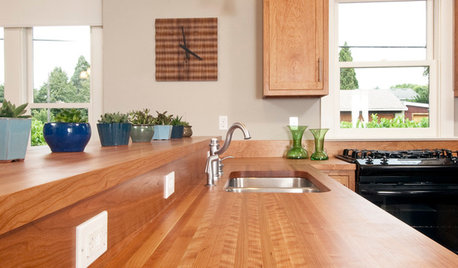
KITCHEN DESIGNWonderful Wood Countertops for Kitchen and Bath
Yes, you can enjoy beautifully warm wood counters near water sans worry (almost), with the right type of wood and sealer
Full Story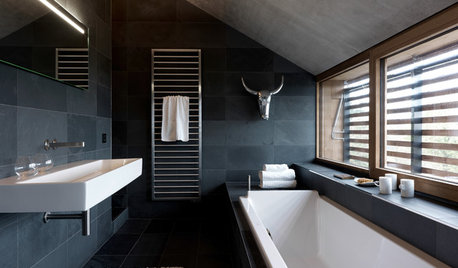
DECORATING GUIDES6 Lessons in Scale From Well-Designed Bathrooms
See how to mix shapes and sizes for an interesting and balanced bathroom design
Full Story
DECORATING GUIDESDIY: Make Your Own Chalkboard Paint
3 simple steps to chalk it up in any color anywhere for cheap
Full Story
BATHROOM DESIGNHow to Match Tile Heights for a Perfect Installation
Irregular tile heights can mar the look of your bathroom. Here's how to counter the differences
Full Story
PETSA Romp Through Pet-Friendly Materials
Deceptively durable, these stylish flooring materials and fabrics let you give Fluffy the run of the house
Full Story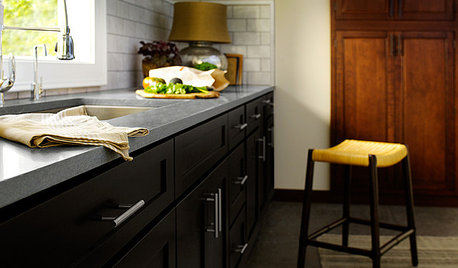
KITCHEN DESIGNAre You Ready for a Dark and Sophisticated Kitchen?
Black kitchen cabinets have a rich, timeless look. Get ideas for your next cabs — and how to paint the ones you have
Full Story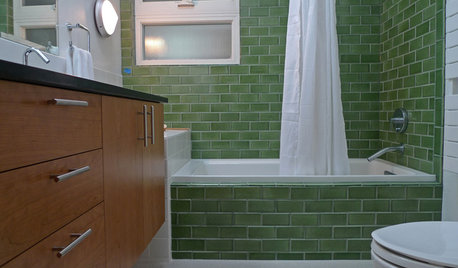
BATHROOM DESIGNBathroom Surfaces: Ceramic Tile Pros and Cons
Learn the facts on this popular material for bathroom walls and floors, including costs and maintenance needs, before you commit
Full Story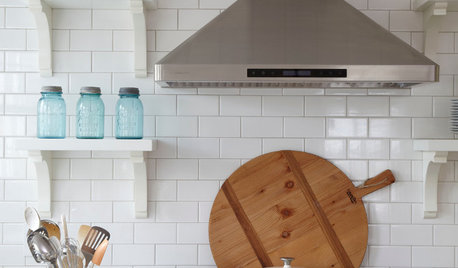
TILEHow to Choose the Right Tile Layout
Brick, stacked, mosaic and more — get to know the most popular tile layouts and see which one is best for your room
Full StorySponsored
Professional Remodelers in Franklin County Specializing Kitchen & Bath
More Discussions






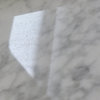


MongoCT